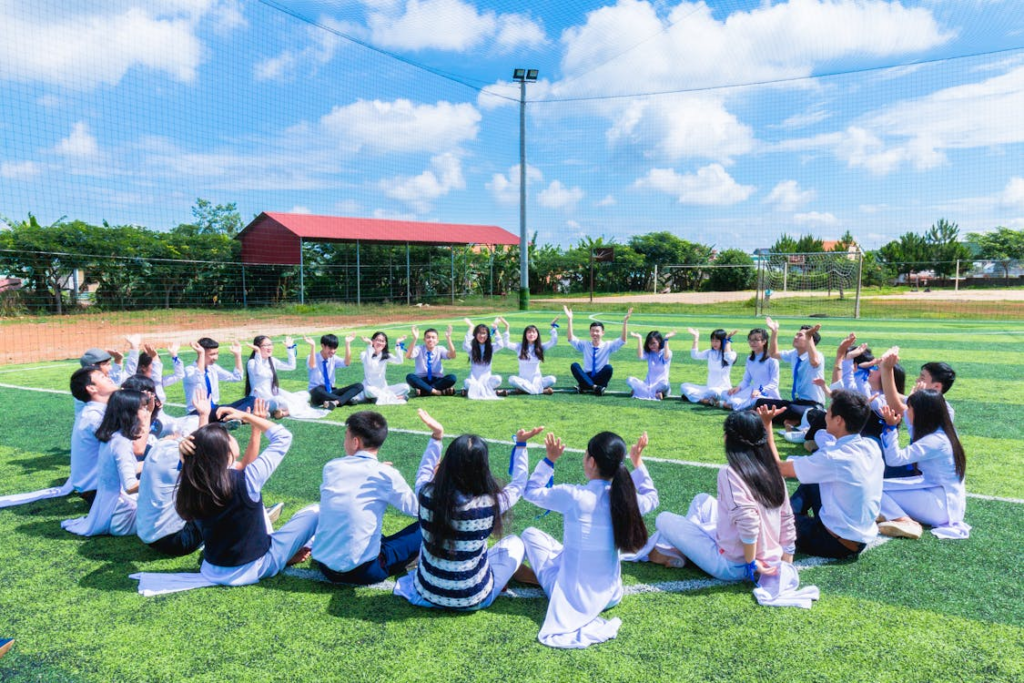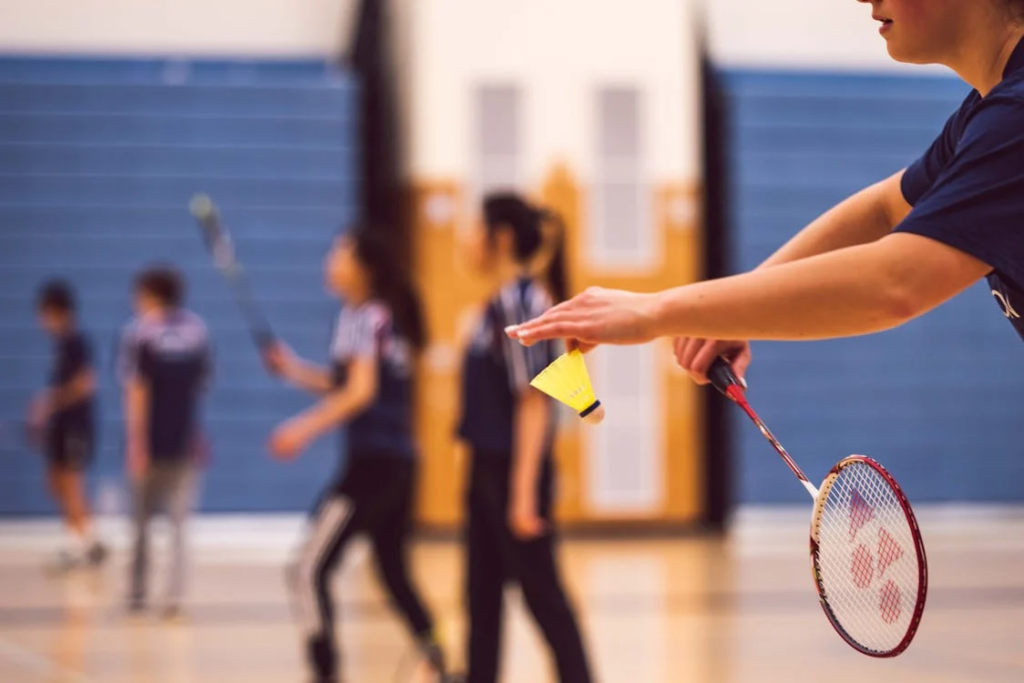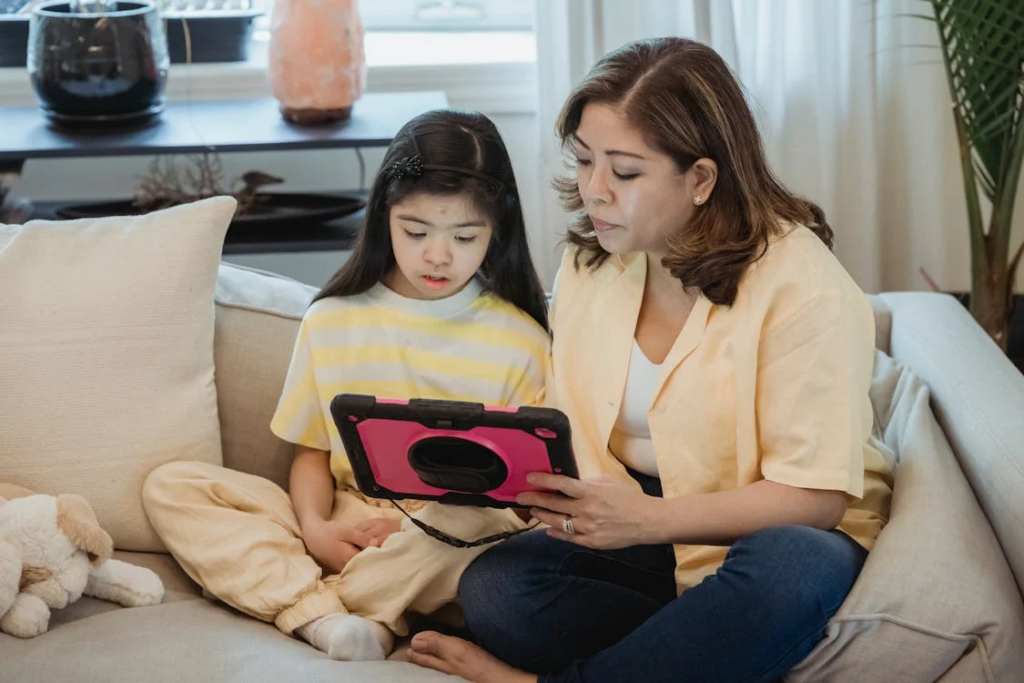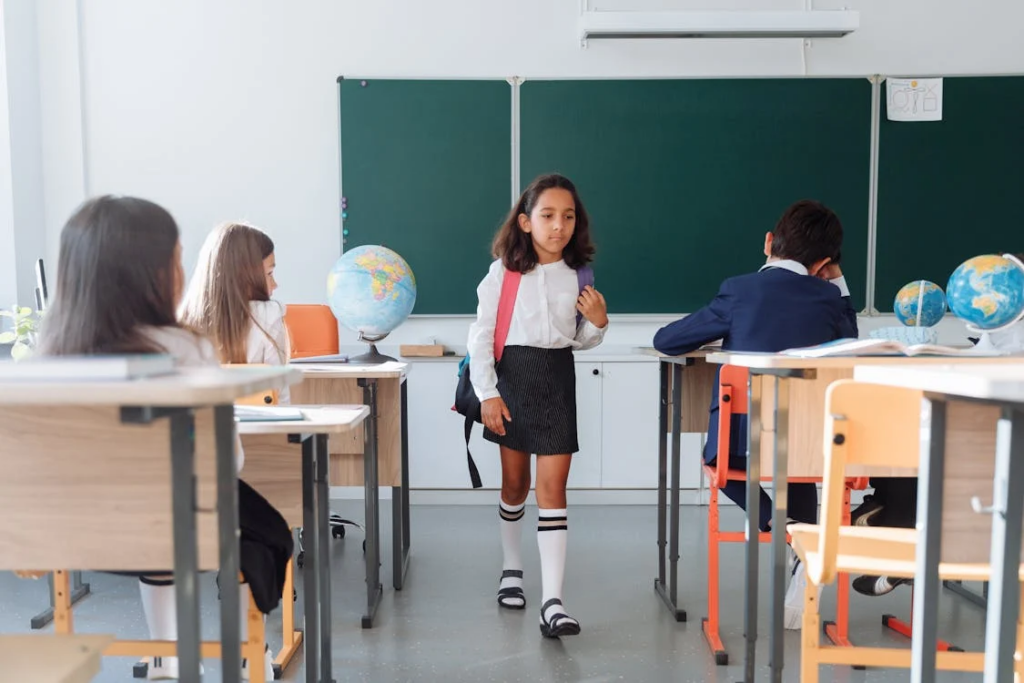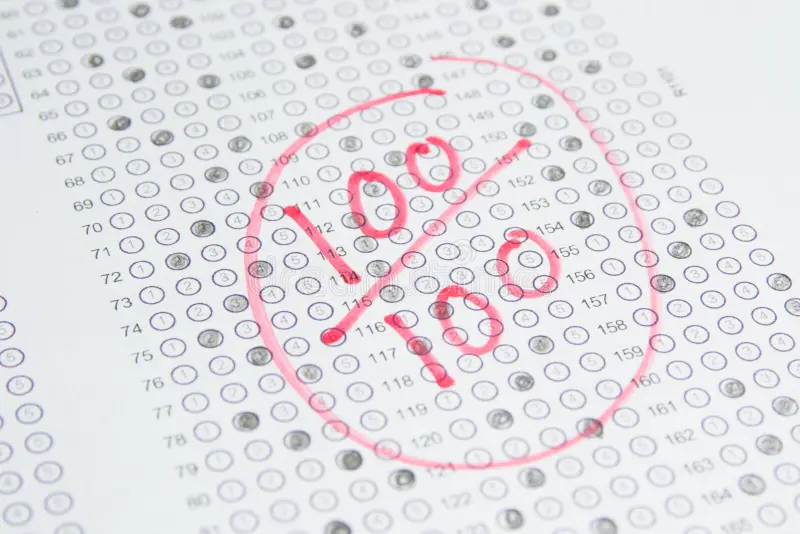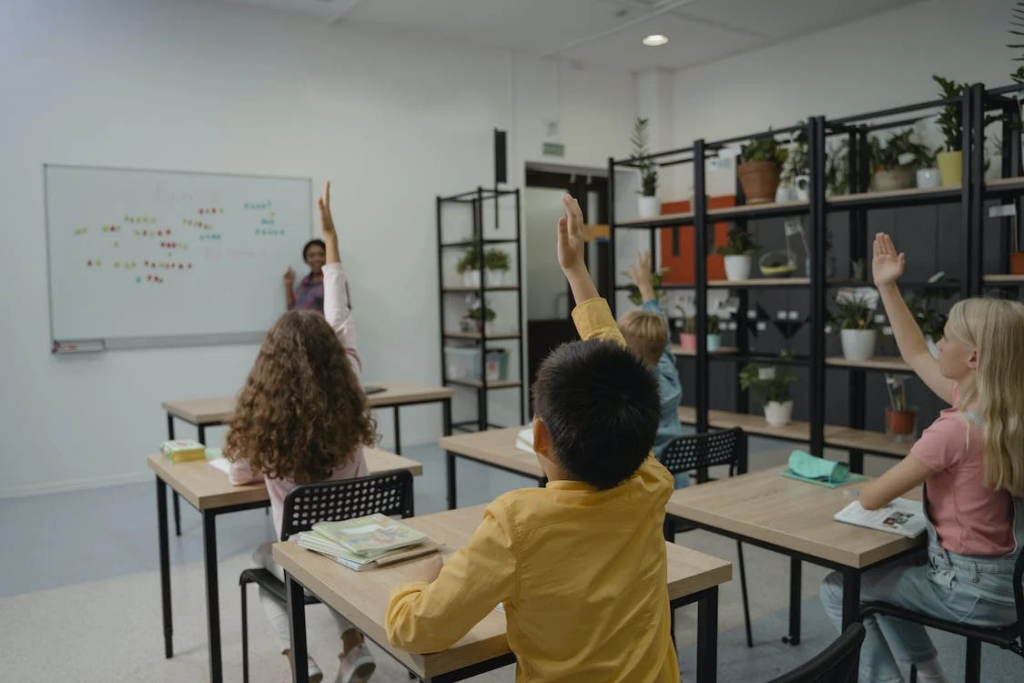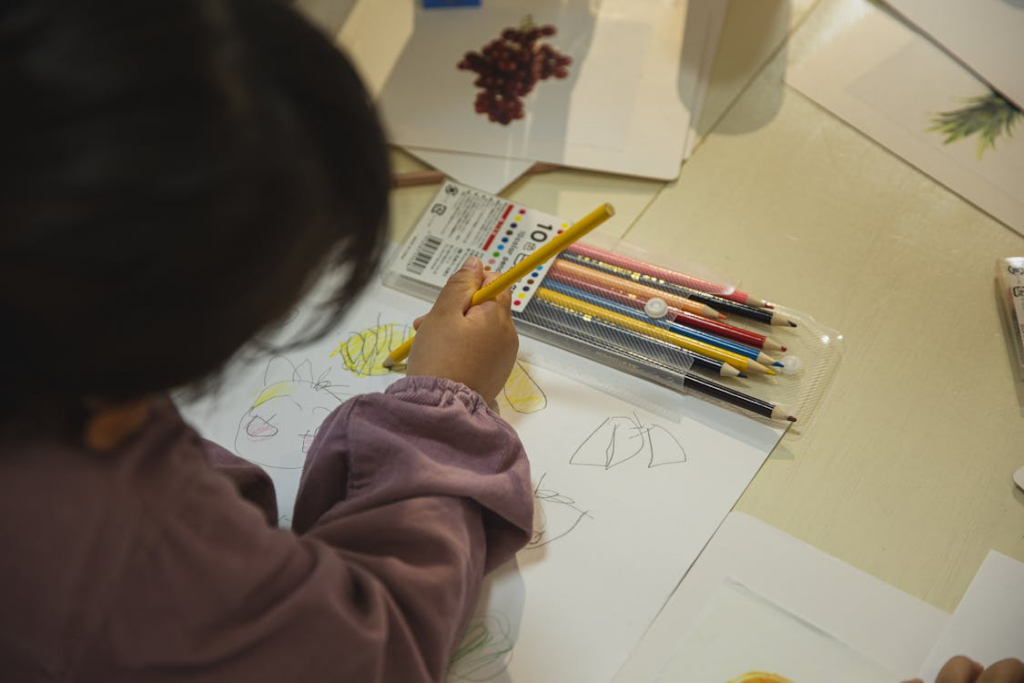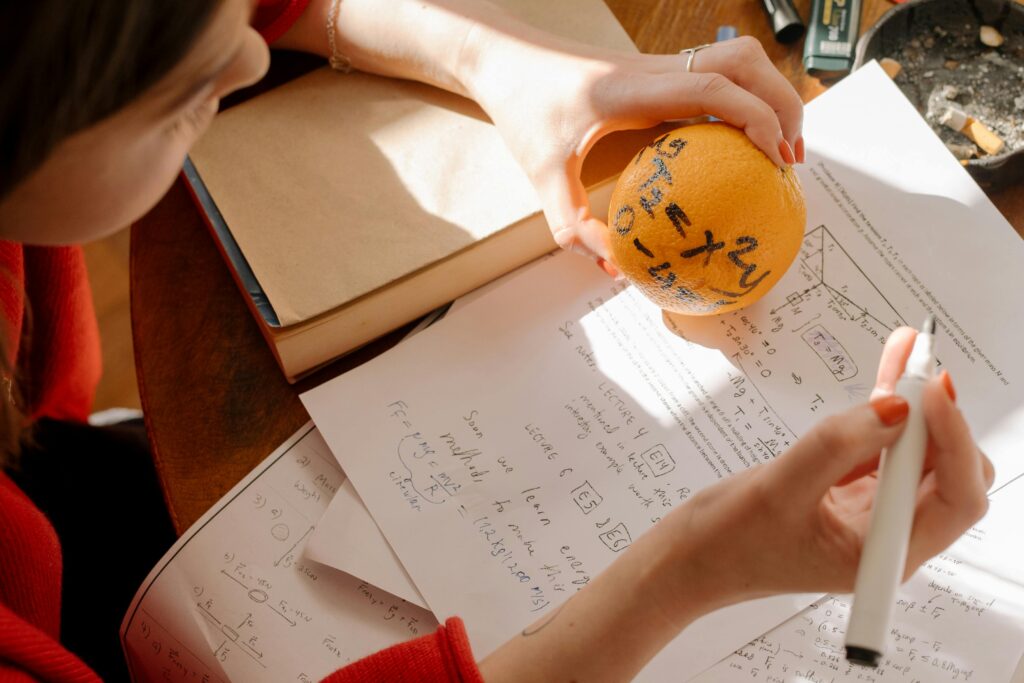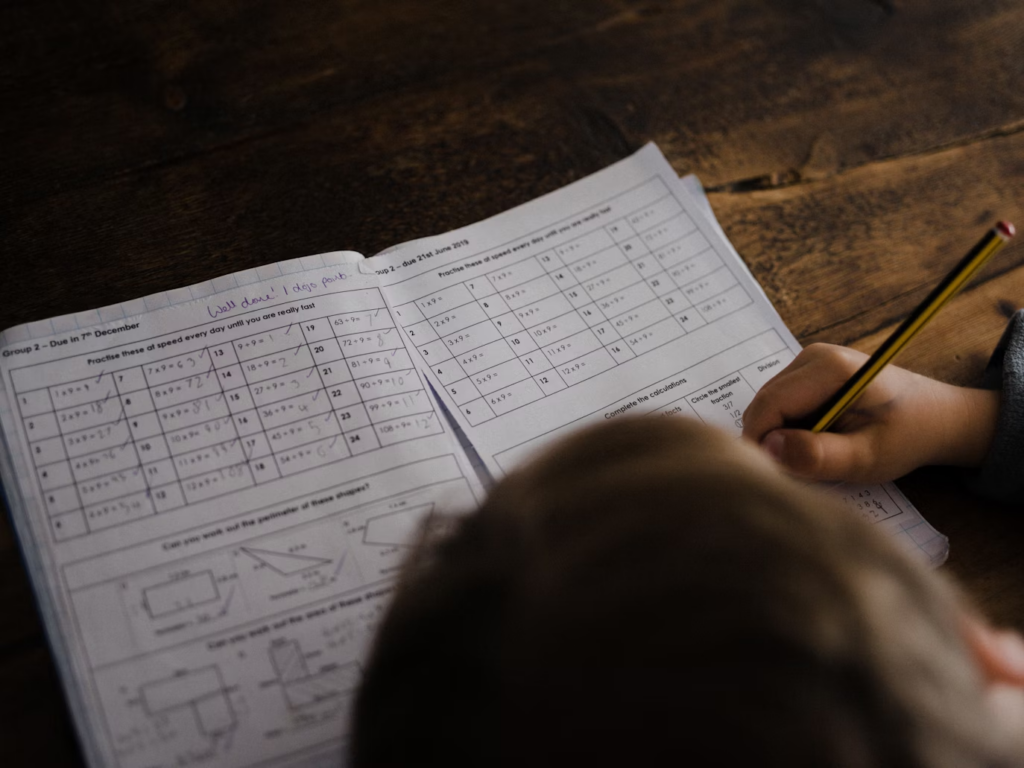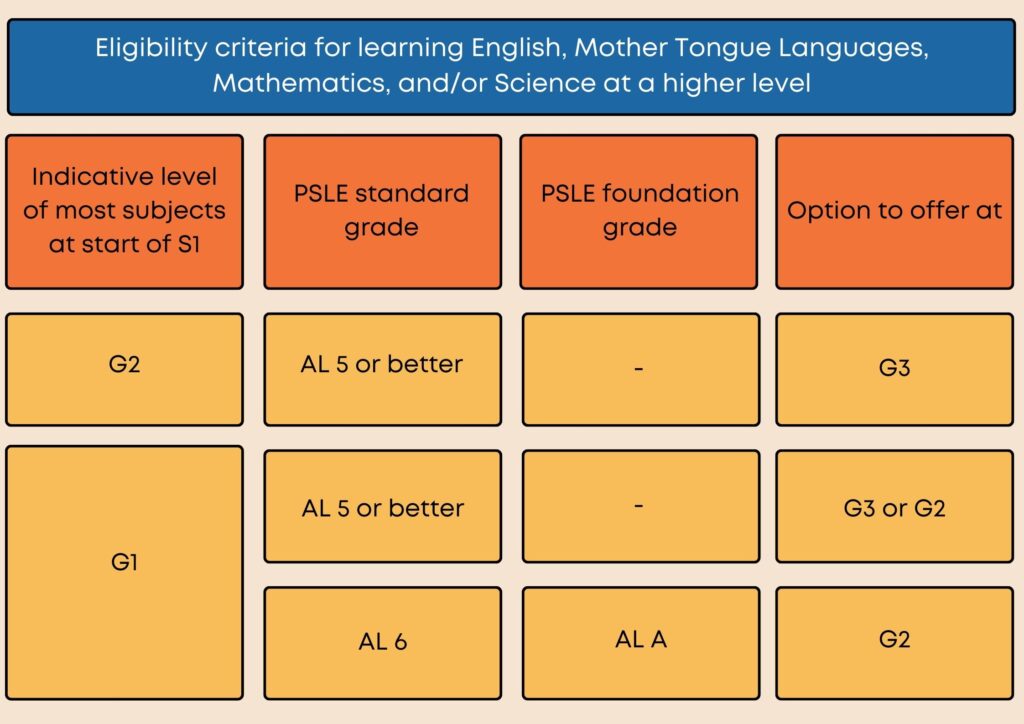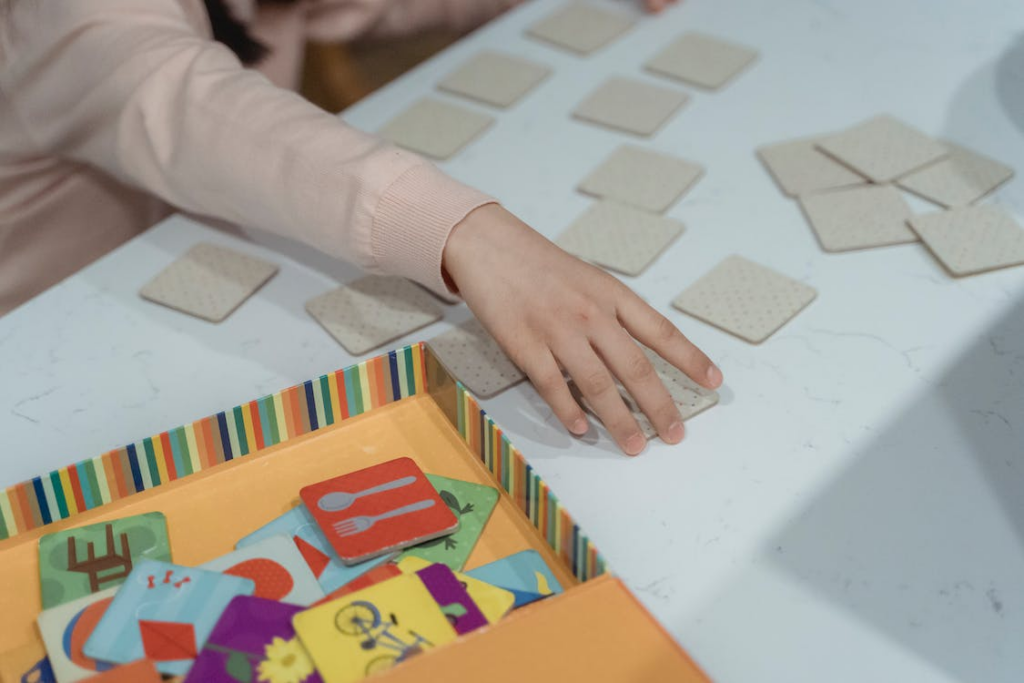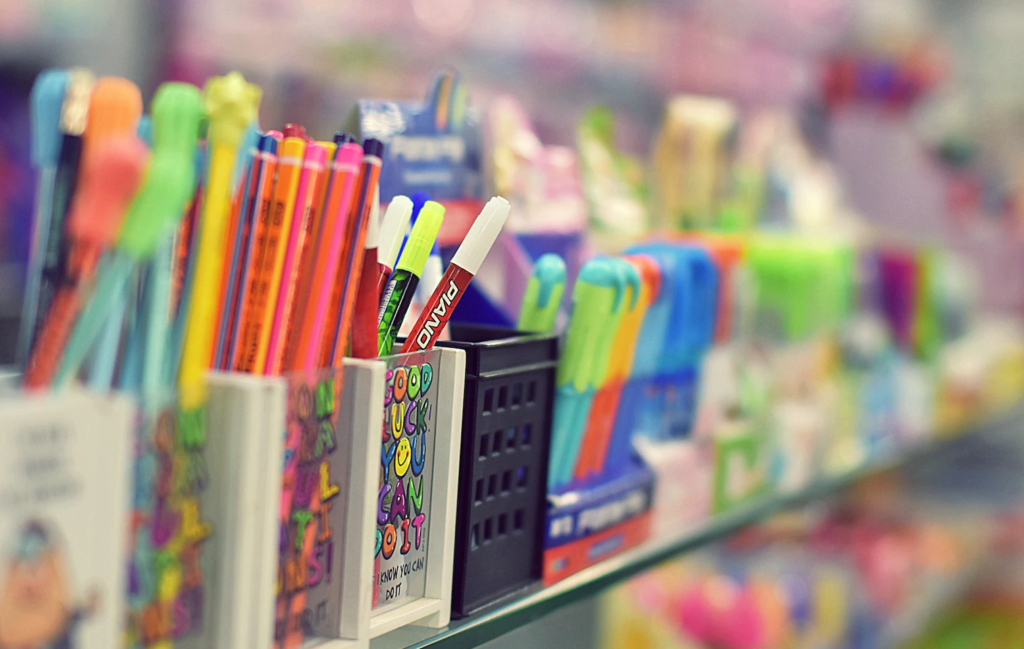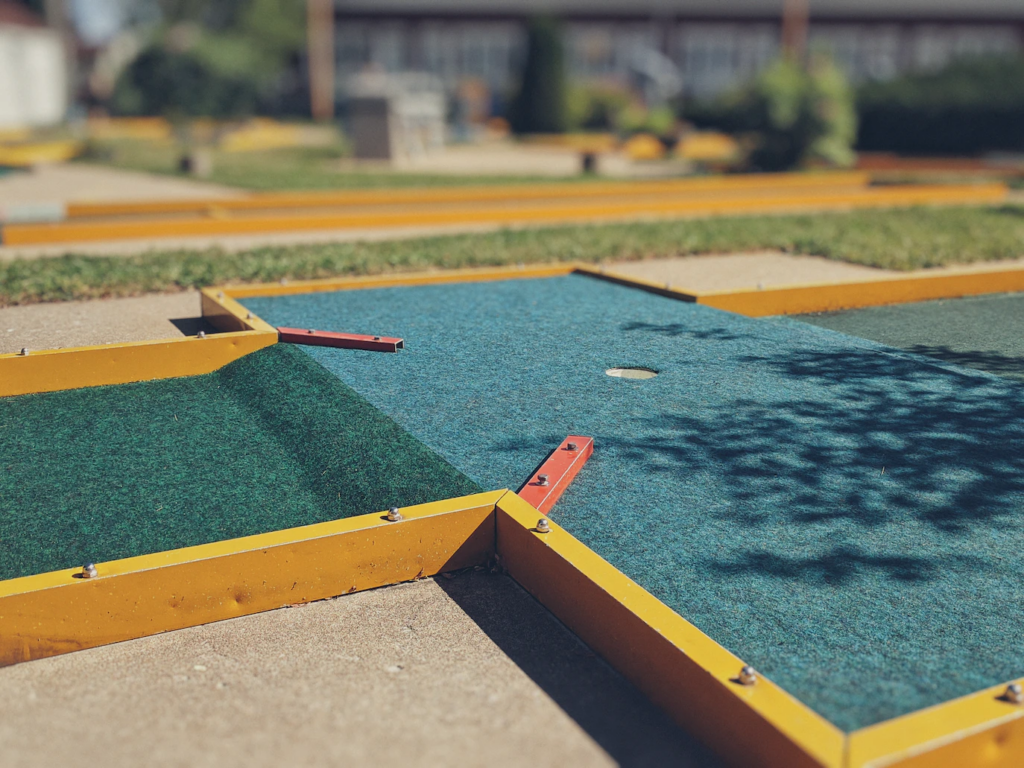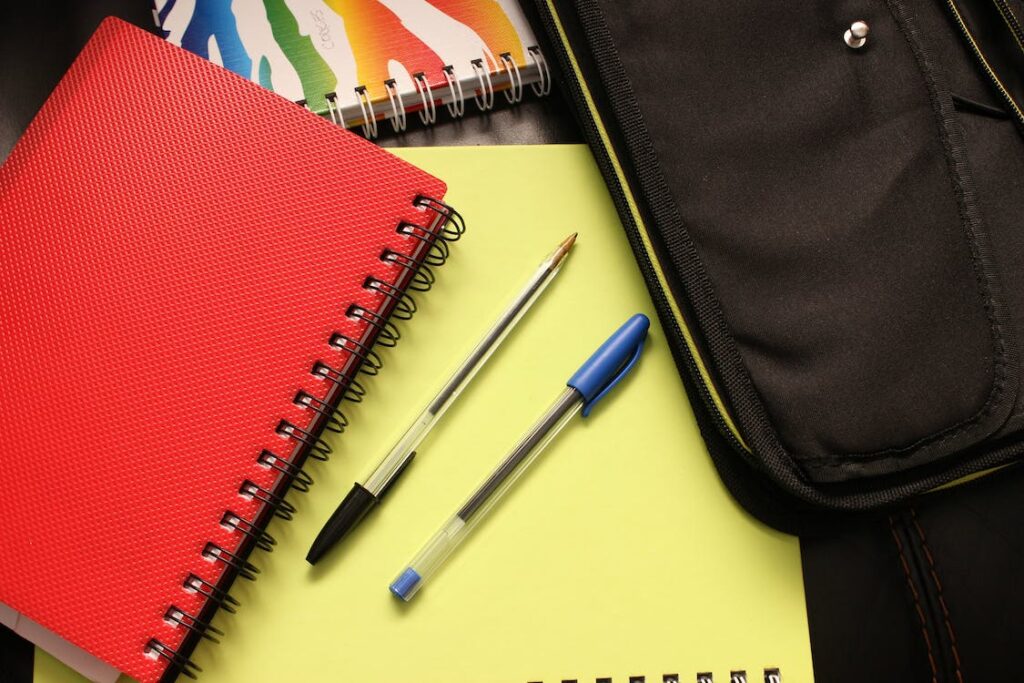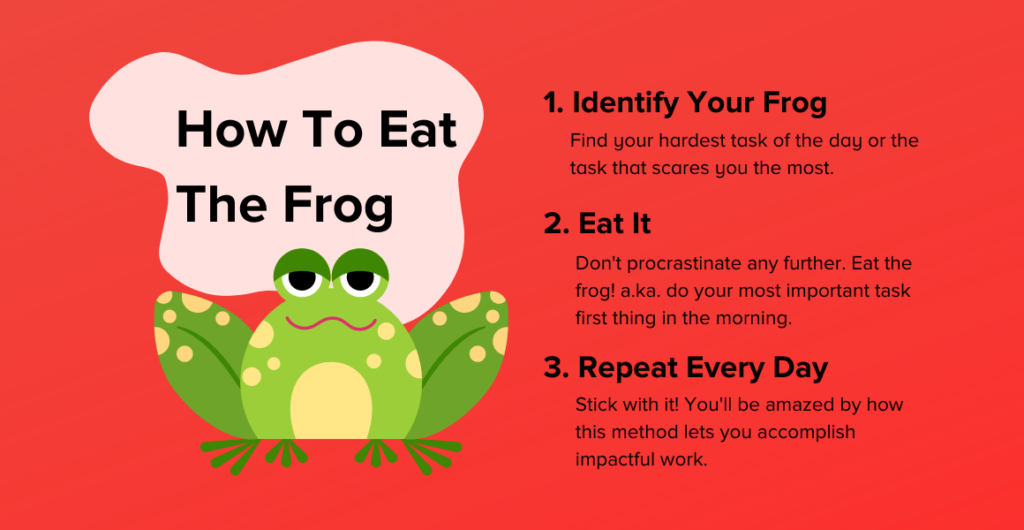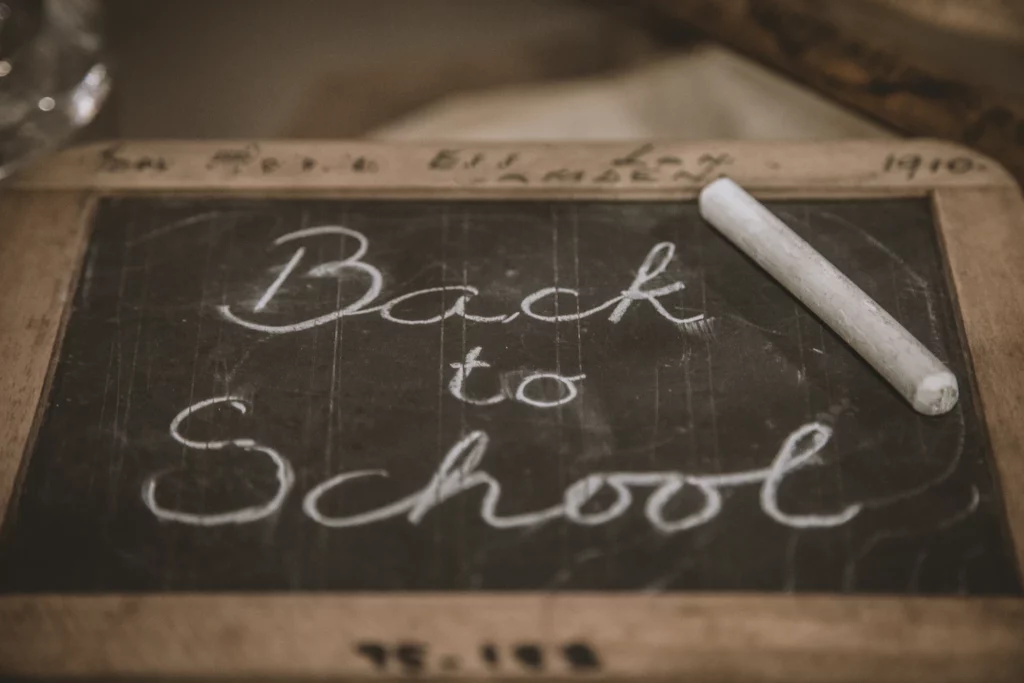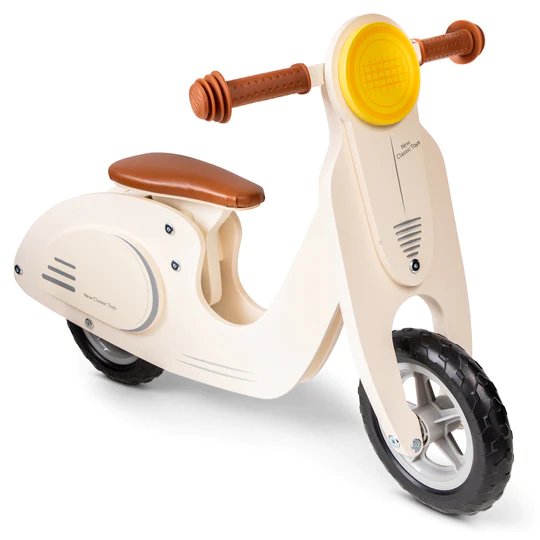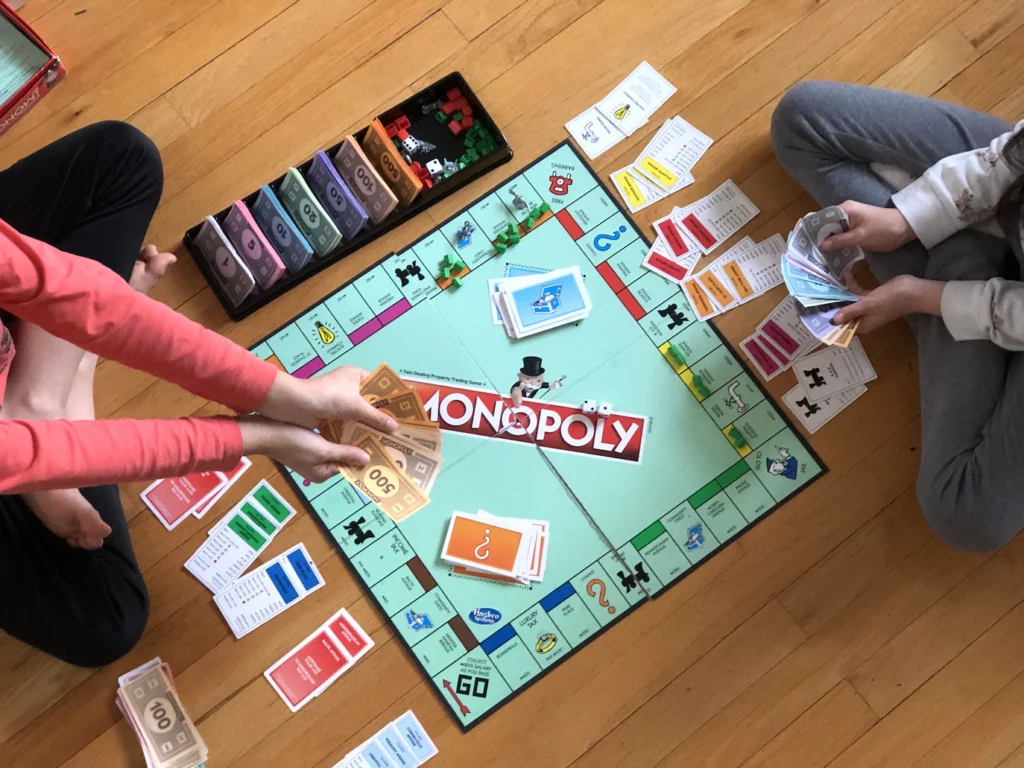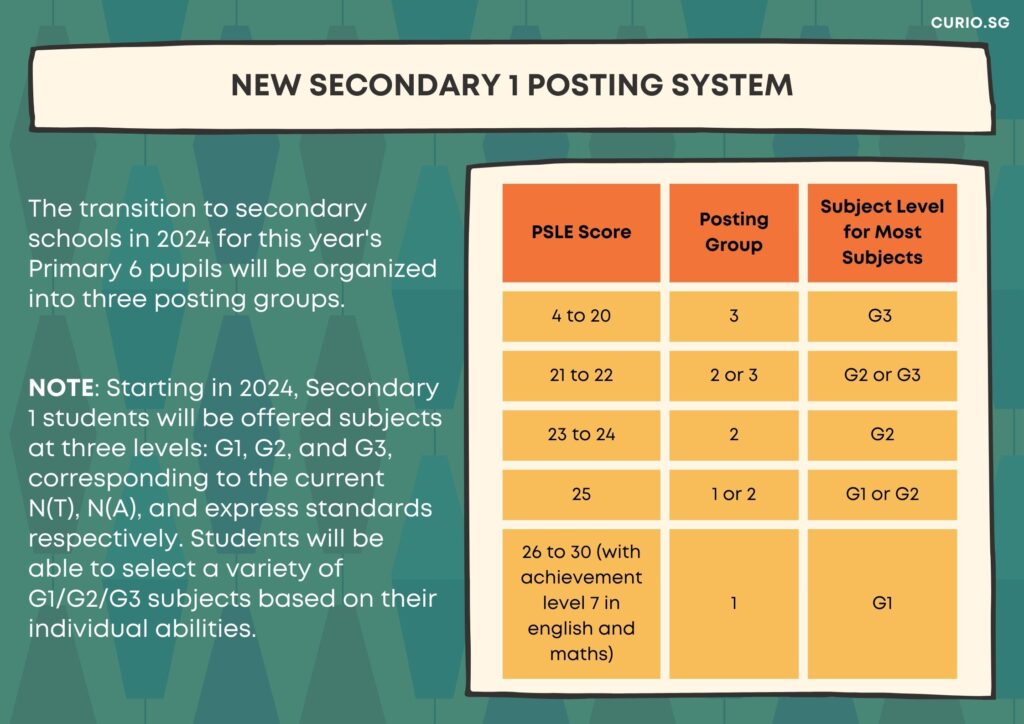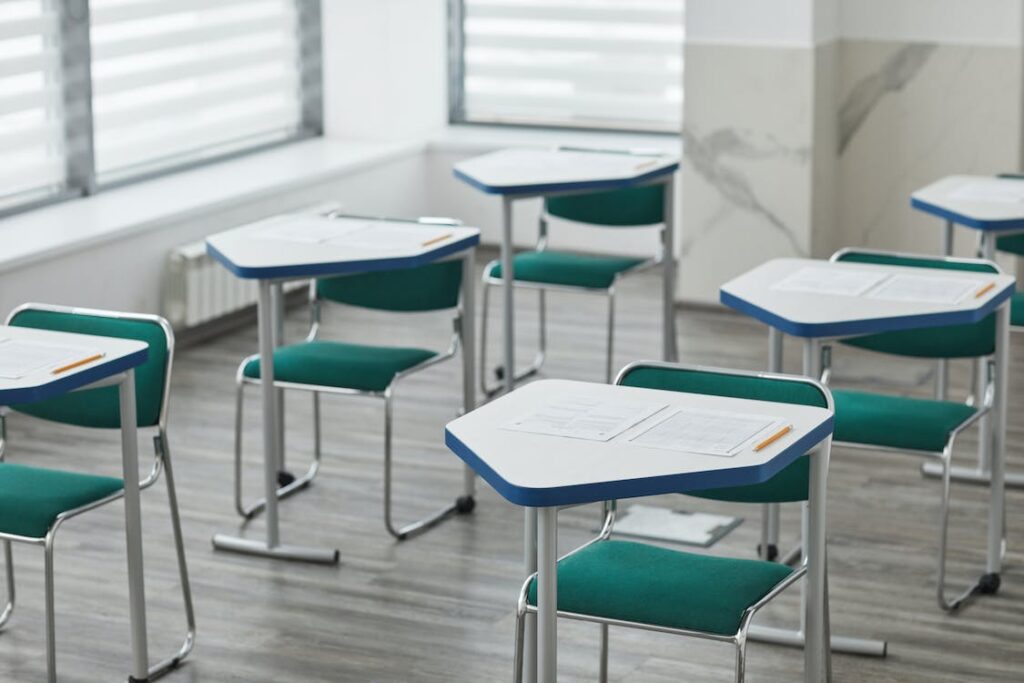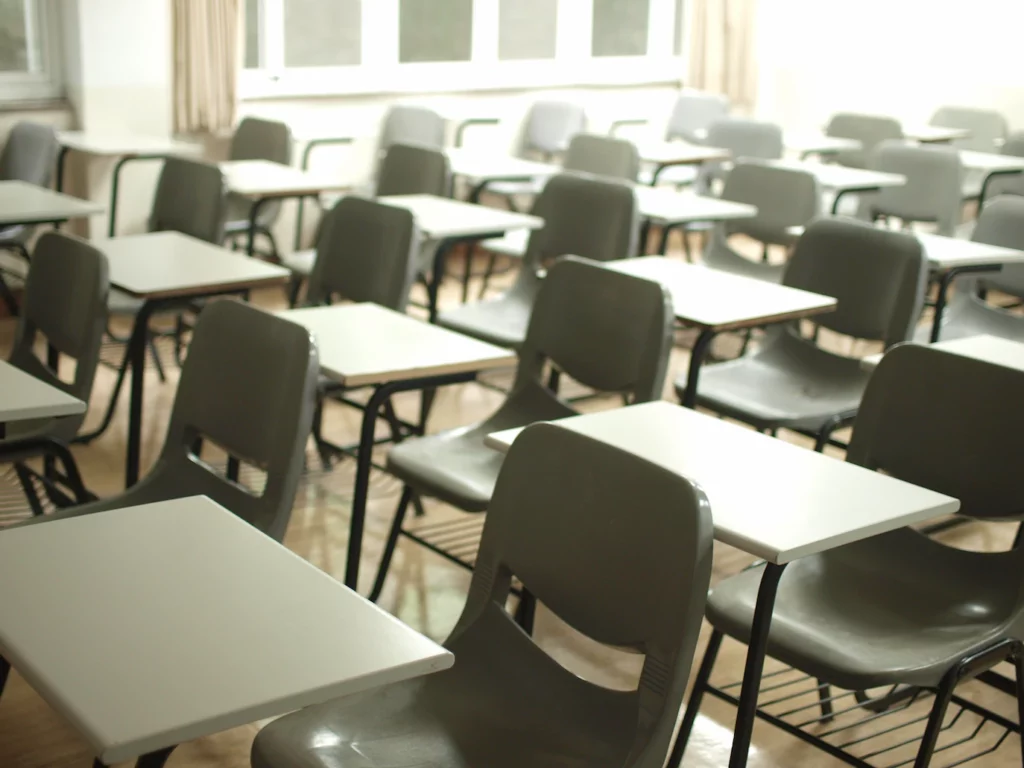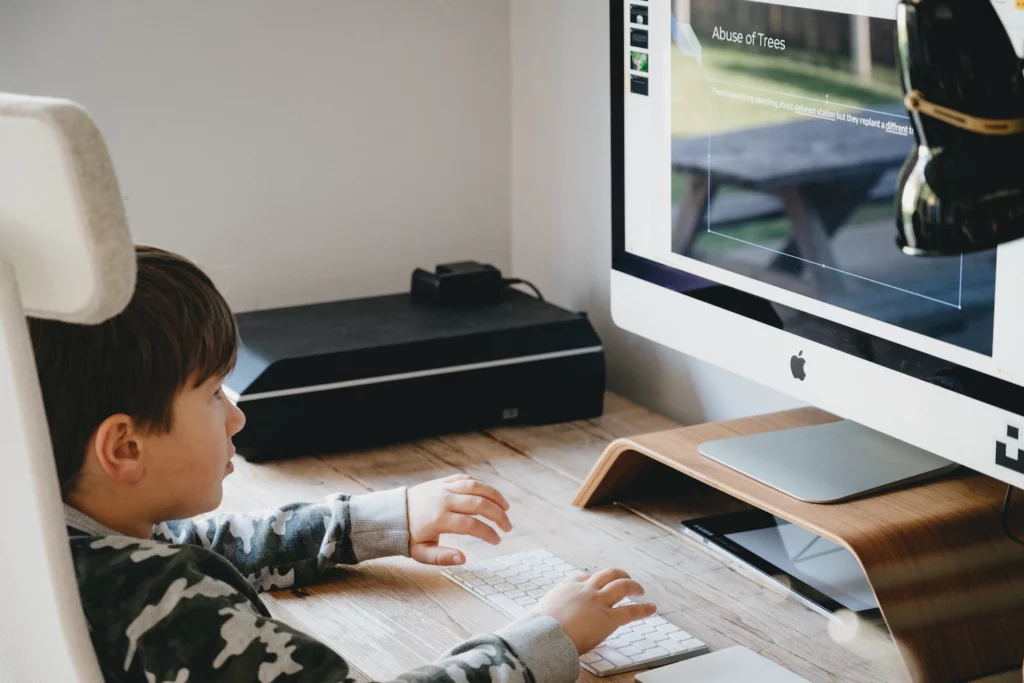"Students faced challenges adapting to online learning during the pandemic. Now, Home Based Learning (HBL) is common in Singapore schools, offering convenience and enjoyment."

A lot of students – especially younger ones – realised to some trepidation that they had no choice but to figure out how to navigate learning online when the Covid-19 pandemic hit. Kids experienced everything from screen fatigue to technical difficulties, making an already challenging journey a tougher one all in all.
Post-pandemic, HBL – or home based learning – is now a regular affair in almost every school in Singapore. Worksheets and instructions are regularly uploaded onto online learning platforms, giving students no more room to say things like “I didn’t hear the instructions” or “I can’t find the worksheet”. The online learning world comes with a slew of benefits which now make learning not just convenient, but a joy to experience as well.
Everything is Easily Accessible

No matter where one is, all of a student’s work is easily accessible with a device and a wifi connection. Some students may find it easier to work from a cafe, in a study group with friends, or from a grandparent’s home. Having access to all of one’s learning materials in one place makes it incredibly easy to plan one’s study schedule. Not having to lug around files for four different subjects is a fantastic benefit of online learning.
Another advantage that comes with accessibility is being able to search for any material with ease. A physical file involves having to rifle through months of notes, sometimes from previous years. With the ease that comes with an online learning platform, students never have to worry about where to hunt for that one particular worksheet or set of notes that they need.
Every Message is Crystal Clear

Students often check with each other wondering whether a teacher asked them to complete one thing or another. In the tumult of school and constant influx of information, kids often forget or simply don’t hear something important.
With online learning, this issue goes out the window. Instructions on what to do, how to do and when to submit can be clearly spelt out on a learning platform, giving students little excuse to be forgetful. Teachers and students can also interact on a chatboard, clarifying, checking in and even providing feedback. The online medium has changed the way kids take in information, providing them with reinforcement and security.
This of course should not become an excuse to switch off during class. It is undeniably beneficial however, to have instructions spelt out clearly and not have to rely on just word of mouth.
Ever So Fun: Quizzes and Learning Tools

The internet is a rich source of information, knowledge and resources for learning. With online learning platforms, teachers can post videos, quizzes, links to additional notes and even recorded voice notes. With this plethora of resources and their availability online, teachers can easily curate learning materials for their students. Almost everyone remembers a teacher who droned on and on as our eyelids drooped. With a variety of learning tools, students will not need to be bored with learning ever again, and even the driest of topics will be rendered tolerable.
Everything is So Neat

Topics, sub-topics, worksheets, tests, additional notes, readings. These are often a mish-mash of papers, written notes or sometimes even a photograph of a whiteboard from school. With online platforms such as Google Classroom, one can search for a document or a piece of information with great ease, and without bothering to rifle through thick sets of notes filed months before.
In an English class, teachers and students will be able to organise Comprehensions, Essays and Visual Texts under separate headings, ensuring that they will be easily found when needed. Similarly for other subjects, worksheets, notes, quizzes and resources can be organised by topic, ensuring that students will always be able to find what they are looking for on short notice. This becomes incredibly useful during the exam period.
While it is still important to be able to have face to face sessions with teachers and fellow students, the convenience and effectiveness of online learning cannot be underestimated. The relief that comes from not having missed any instruction, the peace of mind from having neat notes and the wealth of resources accessible online go a long way towards helping students become the best learners that they can be.
If you are interested in online learning, try out one of our Curio tuition programmes today. Curio offers English Language and English Literature tuition for students offering the SEC, ‘O’ levels, ‘A’ levels and IP.
There are 3 plans to choose from, Independent, Huddle and Focus. Independent students will have a dedicated coach who will provide marking and feedback without weekly lessons. Huddle group students will meet a coach 1x a week for 1.5 hours online. They are comfortable learning in groups of 8. Focus group students will meet a coach 1x a week for 2 hours online. They are comfortable learning in groups of 5.
Practice Papers and consistent feedback are provided throughout the week for all students. Try us out today! English Language ‘O’ Level Programme.



